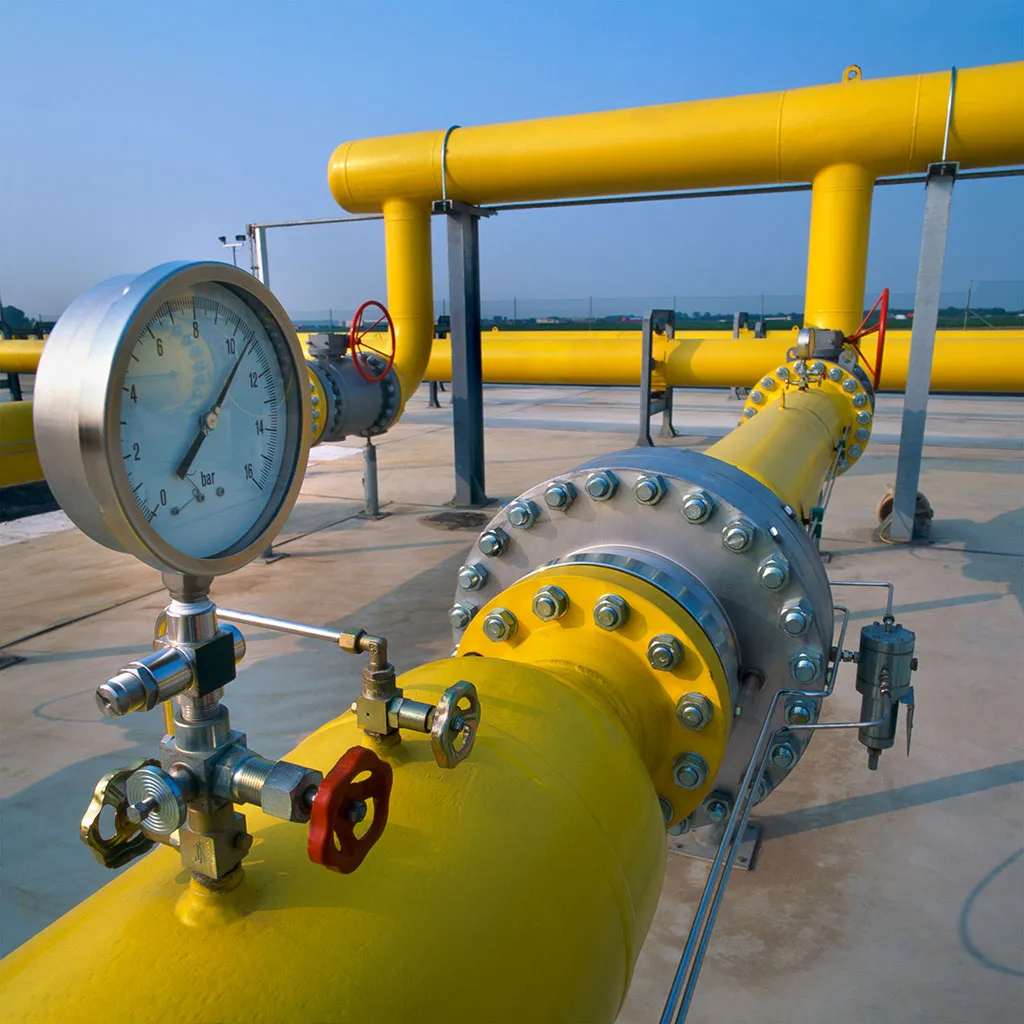
Hydrostatic Test Additives for Ultimate Protection
A hydrostatic test is a critical procedure used to verify the structural integrity of pressure vessels such as pipelines, heat exchangers, storage tanks, and ship voids. While this testing method is essential for safety and compliance, it introduces a significant risk: corrosion. When left unprotected, the presence of water and ionic contaminants during a hydrostatic

Hydrostatic Pressure Testing vs. Pneumatic Pressure Testing: Choosing the Right Method for Your Pipeline
When evaluating the integrity and safety of pressurized systems, two widely used methods are pneumatic and hydrostatic pressure testing. For industries such as oil and gas, pipeline integrity is critical. Selecting the right method can ensure safety, accuracy, and cost-efficiency. This blog will focus on the benefits and challenges of each testing method, emphasizing the

Comprehensive Guide to Hydrostatic Testing: Definition, Process, Advantages, and Corrosion Protection Solutions
What is Hydrostatic Testing? Hydrostatic testing is a technique used to verify the durability of pressure vessels, pipes, and other equipment, essential for detecting leaks and ensuring the structural integrity of these components. By filling items with water and pressurizing them, industries can ensure these assets will endure operational stresses. Purpose and Applications

AxxaVis™ HST-10 – An Environmentally Friendly and Effective Hydrostatic Testing Additive
Industry professionals widely perform hydrostatic testing as a standard method to verify the structural integrity and leak-tightness of pressure vessels. These include pipelines, plumbing systems, gas cylinders, boilers, above-ground storage tanks (ASTs), and fuel tanks. Testing these vessels is critical, especially when they are intended to transport or store gases. This is because failure under

Corrosion Solutions for Hydrostatic Testing
Hydrostatic testing of pressure vessels, such as pipes, heat exchangers, storage tanks, and ship voids, is essential for verifying the integrity of these components post-production and during use. This process demonstrates that the equipment can handle operational pressures safely, identifying any potential weak points needing repair. The procedure typically involves raising the internal pressure above
